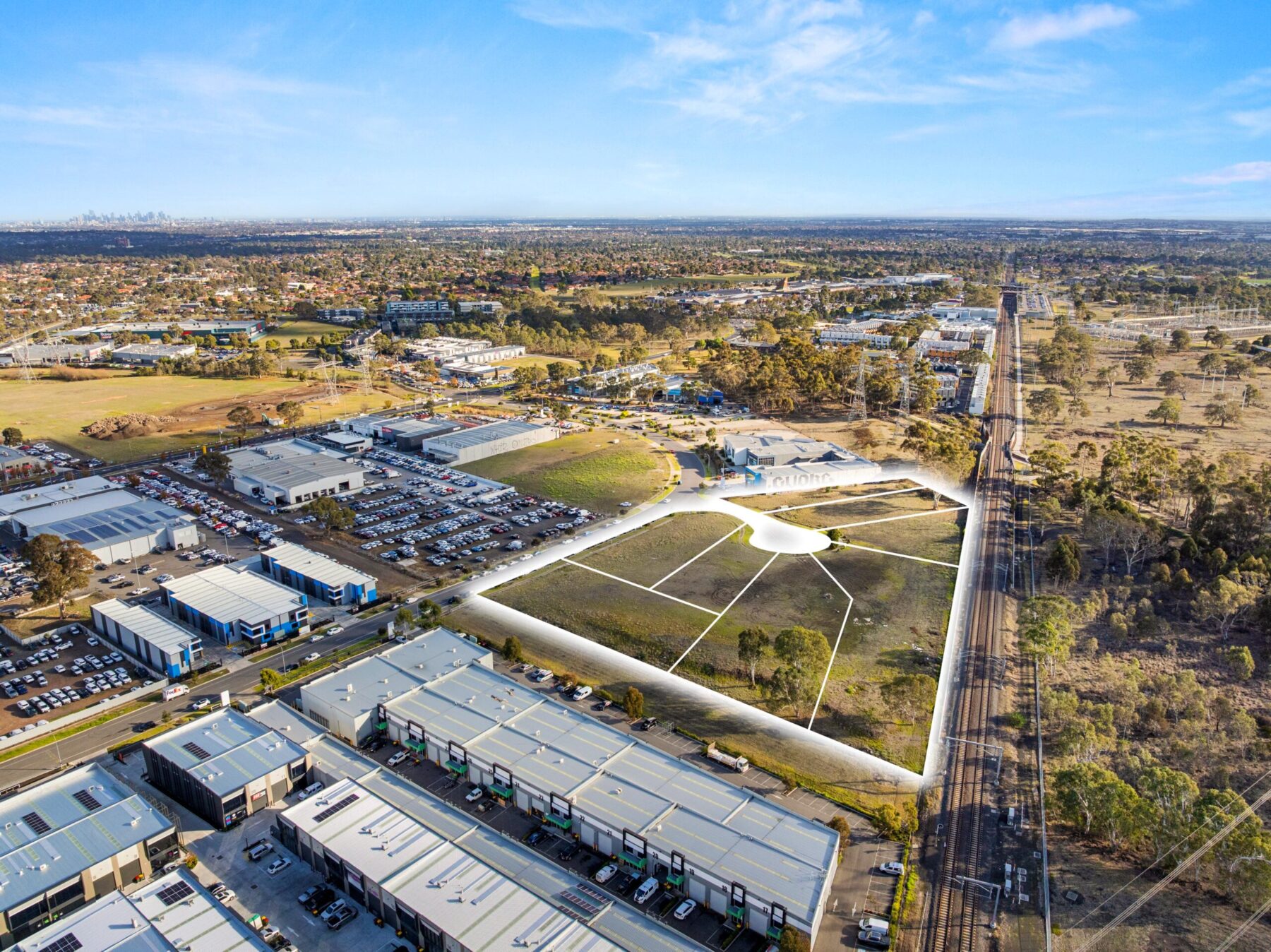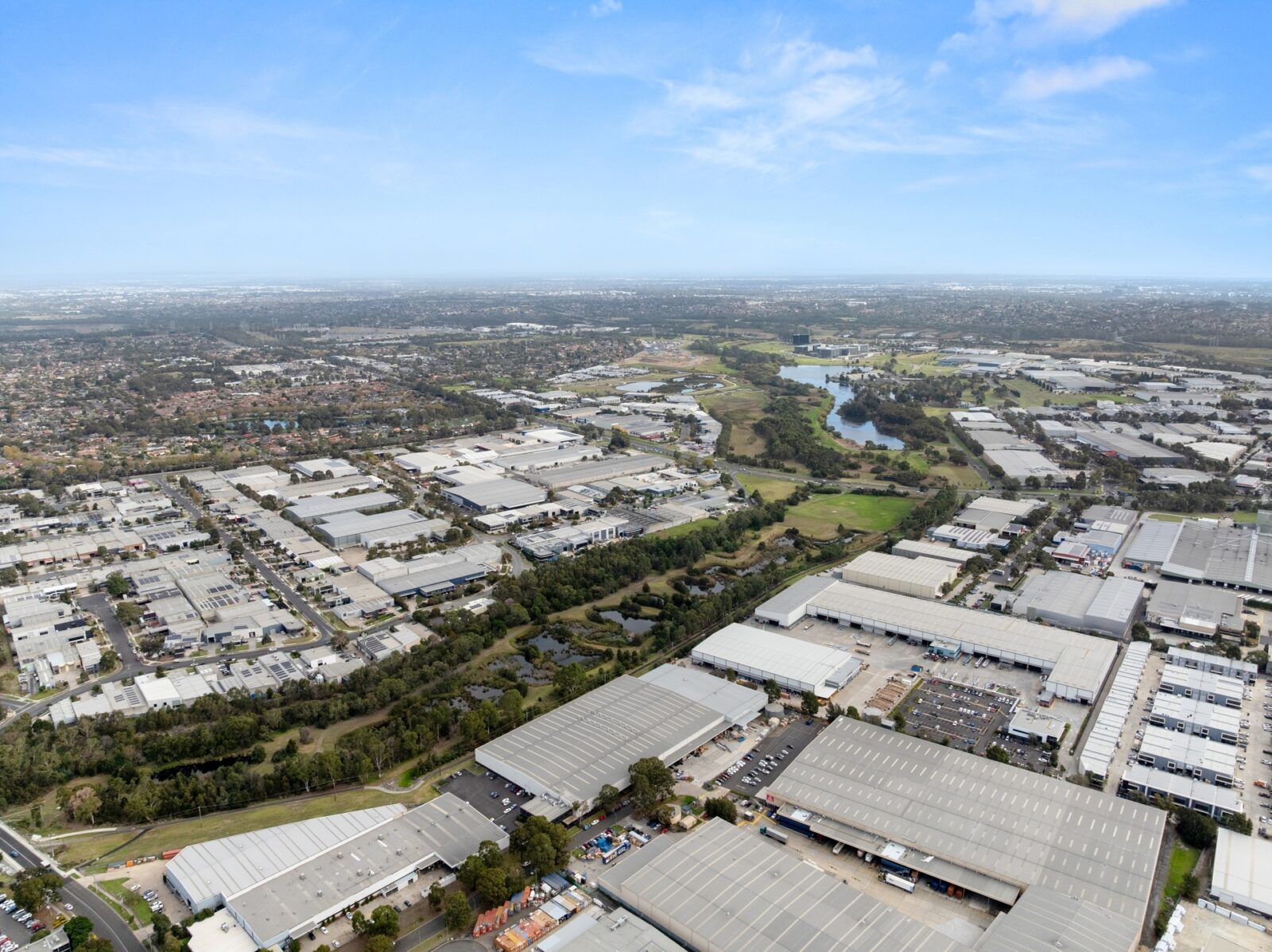Navigating the Changing Landscape of Industrial Real Estate in Australia
27 March 2023
Australia’s industrial real estate market is experiencing significant change, driven by evolving tenant needs and growing competition. As the market continues to evolve, occupiers must stay current on the latest trends and adopt new strategies to take advantage of the opportunities presented by these changes.
Peter Evans, National Director of Industrial Advisory | Occupier Services at Colliers, notes that industrial real estate is becoming a mainstream asset class in Australia. As a result, the market is becoming increasingly competitive, with more occupiers vying for limited space.
“The strong demand for the industrial market has seen vacancy rates in Sydney fall to a historic low of 0.2% in Q4 2022 with approximately 1.6 million square metres leased in 2022. Melbourne has experienced a similar trend, with the vacancy rate falling to 0.6% in Q4 2022 and about 1.9 million square meters of leased space in 2022.
“The combination of previous quarters’ strong take-up, industrial and logistics gross take-up reached a new record in 2022 with 4.85 million sqm leased, up 3% from the 4.71 million sqm recorded in 2021.”
“This is driving up demand for efficient and well-located industrial space,” said Mr Evans.
Limited availability has contributed to rising rents for industrial space across the nation, with Colliers data showing the rent increasing in Sydney during the final quarter of 2022 by 5.1%, representing a YoY increase of 24.9% and with 3.6% in Melbourne during the same time, representing a YoY growth of 20%.
Sean Mitchell, Associate Partner at Argon & Co, adds, “The industrial sector has consistently outperformed other asset classes in Australia, seeing an increased focus on supply chain restructure and a shift towards repurposing underutilised assets as a way to match current demands. These trends are driven by changing tenant needs and evolving technology, such as warehouse
automation, application of drones and autonomous robots, which are placing new demands on industrial real estate.”
To excel in the rapidly changing landscape of industrial real estate in Australia, occupiers must adopt a strategic approach that enables them to identify potential opportunities and threats and tailor their strategies to meet their specific needs. By staying current on the latest market trends, occupiers can capitalise on emerging opportunities while avoiding potential pitfalls.
Glenn Maskell, National Director of Industrial Advisory | Occupier Services at Colliers, highlights that portfolio repositioning is a critical industrial real estate market trend.
“With changing market dynamics and evolving business needs, occupiers are increasingly looking to optimise their portfolios to stay competitive and agile. It can involve divesting underperforming assets, consolidating operations to enhance efficiency, or acquiring strategic properties that align with their business objectives. By repositioning their portfolios in this way, occupiers can unlock new opportunities for growth and better position themselves for success in the long term,” Mr Maskell concluded.



